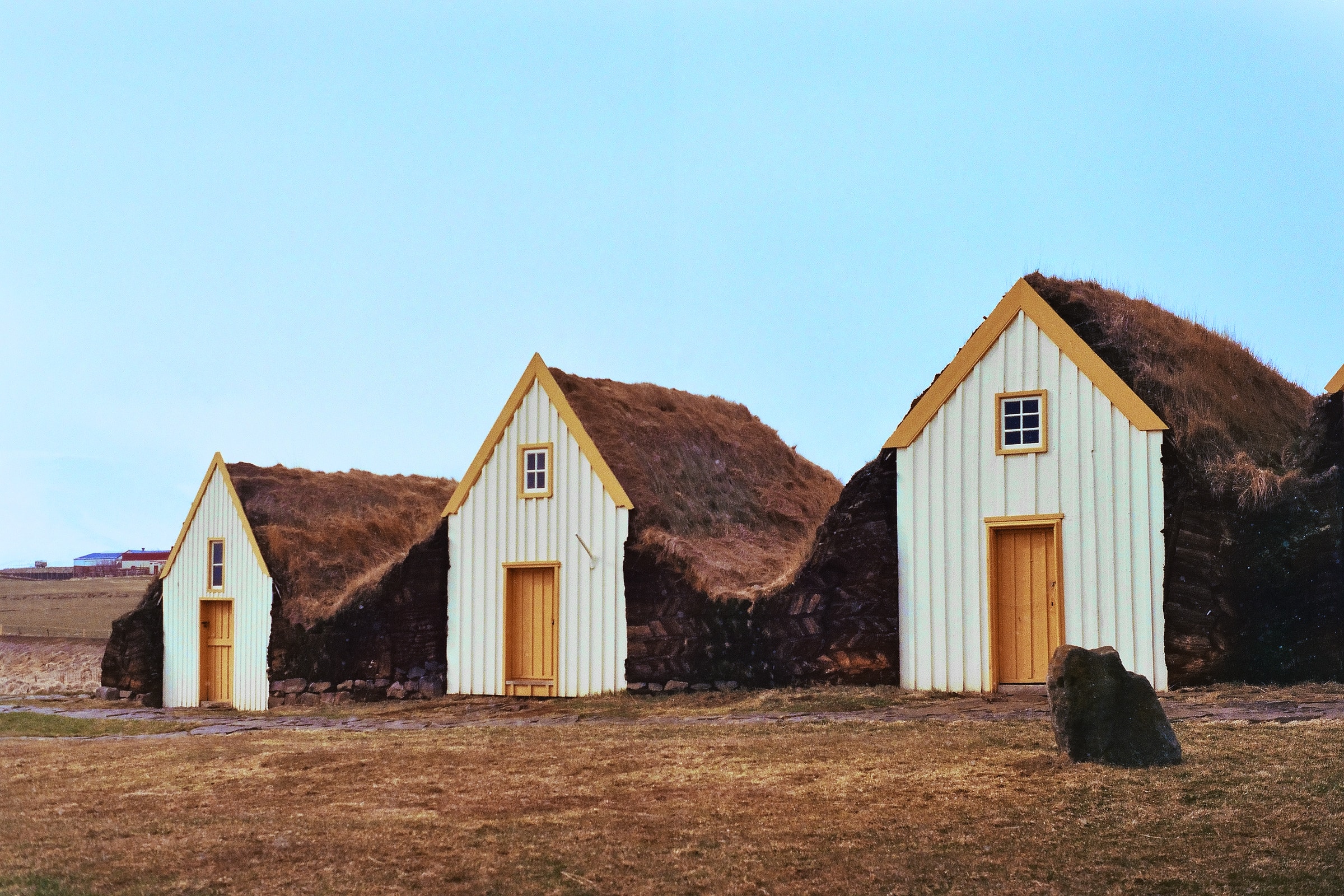Opinion: Council shows its housing hypocrisy on Hogan Pancost

on Unsplash
Friday, July 19, 2019
Author’s note: It’s atypical of me to write opinion pieces. Mostly because I don’t have a lot of opinions on the things I cover. I also recognize the awkwardness of crafting an opinion on topics I’m actively reporting on. Since Hogan Pancost is over and done with, I made an exception. Consider this a post-mortem.
City council this week put to rest three decades of fighting over a piece of city property it bought last year: Hogan Pancost, 22 acres near the East Boulder Recreation Center, purchased for $5 million. Neighbors and developers have been doing battle for nearly 30 years over a succession of failed proposals to build housing. By deciding to use 14 of the acres for flood mitigation and save 3 others as open space — at an estimated additional cost of $2-$6 million — elected officials put an official end to the question of the land’s potential for development.
There is now virtually no chance anything will be built on the 5 remaining acres not devoted to flood detention or natural preservation. Council went further than dictating those uses, directing staff to use park funds for improvements on the property or to pay for its transfer from the general fund.
Lands or improvements on them paid for with parks money must serve a parks and recreation purpose, per the city charter. It will take a vote of the Parks and Recreation Advisory Board, and of council, to dispose of land for any purpose that doesn’t align with that mission.
It was clear Tuesday night that council knew what they were going to do. The public may have been less sure.
In October, council was at least still pretending to consider alternative housing at Hogan Pancost. Housing Director Kurt Firnhaber brought forward ideas for housing that might be appropriate considering the unique hydrology of the area, including a tiny home village on just 1 acre, enough to accommodate 20-25 homes. The small dwellings could serve particularly vulnerable demographics, such as teachers, seniors, veterans or the formerly homeless. A group of female elder orphans was seeking land for just such a purpose at that time.
To a casual observer at that meeting, it seemed like the option was still on the tablePostponement of a motion, or a vote. In all likelihood, it never truly was.
Between October and last Tuesday, there was never another mention of tiny homes. Not in the packet to council; not during the discussion from the dais. The only time housing was referenced at all was when councilwomen Cindy Carlisle and Lisa Morzel asked staff how to keep it off the land for good.
When it was determined that the parks approach could be used as a buffer against future development, the audience began to haltingly cheer and applaud. Such open displays of support or opposition are not typically allowed, but Mayor Suzanne Jones gave the crowd permission — after first delaying them so council could “gush a bit” over its decision.
“Oh, go ahead and clap,” she said. And they did.
We should not be so quick to celebrate such a flawed process.
It turns out, the trotting out of a tiny home pilot project was merely council paying lip service to their professed goal of encouraging creative housing solutions. There was never an analysis as to the feasibility of a tiny home community or its impacts. There never was going to be.
In declaring the entire acreage unfit for housing of any kind, council was relying on years-old testimony from a hydrology expert during a Planning Board hearing for another, much larger housing project. That expert could not guarantee that such a development would not lead to flooding of nearby homes.
You wouldn’t know that if you were at the meeting, or even if you read through the publicly availably documents prepared for the October meeting and Tuesday’s. There was not a single reference of that being council’s underlying assumption. Perhaps because it would throw into relief the absurdity of comparing two projects that could not be more dissimilar in terms of footprint and impact. Or perhaps because it would reveal council’s October consideration of tiny homes as the dog-and-pony-show it was; after all, by Jones’ own admission, council had decided no development was safe based on information it obtained long before October.
It’s possible that 1 acre of tiny homes would be just as disruptive as previously considered developments. It’s possible that further analysis would have simply added time and money to the process and done nothing to change the foregone conclusion that Hogan Pancost doesn’t work for housing — any housing.
Even if that is all true, even if nothing has changed since that long-ago Planning Board hearing, presumably there are new residents in Boulder at this time (and new reporters). There are new people watching council to see if they are acting in good faith. At the very least, council could have summarized — in less than one paragraph or short speech — the old findings, to make it clear to everyone what information they were acting on.
By declining to have that discussion in public, council was saying to the voters, “Trust us.”
You shouldn’t.
More than one member of this council has confided to me — off-the-record, of course — that they would like to see more innovation on housing or toppling of laws like Boulder’s occupancy limits. They don’t pursue it because, they’ve said, it’s not worth the inevitable pushback.
This council (or at least some members of it) have stuck their necks out for housing before, particularly when vulnerable populations are involved. Palo Parkway, Attention Homes, 311 Mapleton: All were hotly contested by neighborhood groups. Council members who voted for them have been criticized by those within their own camps for their actions.
But those projects were similar in one key way: All were traditional dwellings by known, established entities. They’re the same types of developments Boulder has been fighting over for decades and will probably keep fighting over for decades more.
When it comes to innovation and breaking new ground, to confronting the unknown and pushing bravely forward, this council has done very little to inspire trust or confidence.
This council has responded to criticism of their approach to housing before, the charge being they are taking only very small steps to allay what is a massive and deepening crisis. To those critics they responded thusly: For the people who will eventually live there, every affordable unit is a win.
Using that same logic, every unit not pursued is a loss. A loss of a teacher, or a police officer, or an elder. A loss of someone who was once a Boulderite but can no longer afford to be.
By not fully embracing the possibility of tiny homes on just a sliver of that now $7-$11 million piece of land, by taking steps to prevent such a possibility, council sent a message loud and clear to the people who might have lived there: You’re not worth fighting for.
— Shay Castle,
boulderbeatnews@gmail.com
Want more stories like this, delivered straight to your inbox? Click here to sign up for a weekly newsletter from Boulder Beat.


An affordable housing unit isn’t a win if it’s a tiny home. Unless you are single, have no freinds and are looking to stay that way for the rest of your life a tiny home is a genuinely terrible solution to our affordable housing problem. Building Tiny houses(small trailers),microapartments and most nonreligious cohousing normalize poverty. Poor people deserve better. The solution to our housing problems isn’t in building slums (tiny house communities) it’s in building housing people actually want to live in long term. Manufactured housing can be a solution but trailers have to meet a minimum size.
If you are single, have no freinds and plan to stay that way for the rest of your life than maybe a tiny house is for you. Tiny houses aren’t worth fighting for. They are much smaller than single wide trailers. Tiny houses, microapartments and most cohousing are unacceptable living situations for most people and help normalize extreme poverty and income inequality. Poor people deserve better.
To our recalcitrant commentator above… Just cuz you won’t live in it or you don’t feel that it is up to your standards, doesn’t mean that it should not be built. A unit of shelter is a step up from living on the streets. If our threshold for approval to build housing was aesthetic standards of those living on 4th street, mapleton, or chautauqua nothing would ever be built… which might be your actual goal. When great is the enemy of good, those with the least means suffer the most.
Hey, there. Just a reminder that you need to use your full name to comment. I think this is Mark Van Akkeren…? But please confirm.
I lived in some of the worst housing in Boulder including in an ADU on a dark alley that had mice chronically, wolf spiders, black mold, a furnace with no filter, gas leaks that could have killed me (the building was condemned very shortly after I moved out) and no insulation on half of the structure. Ive lived in unlicensed coops getting screwed over by roommates who keep moving in more roomates and charging the same money.The reason I an so recalcitrant is because I don’t want anyone to have go through that. The solution to homelessness is a real commitment to quality public housing and reducing our massive income inequality Its not in accepting 19th century level poverty as the new normal.